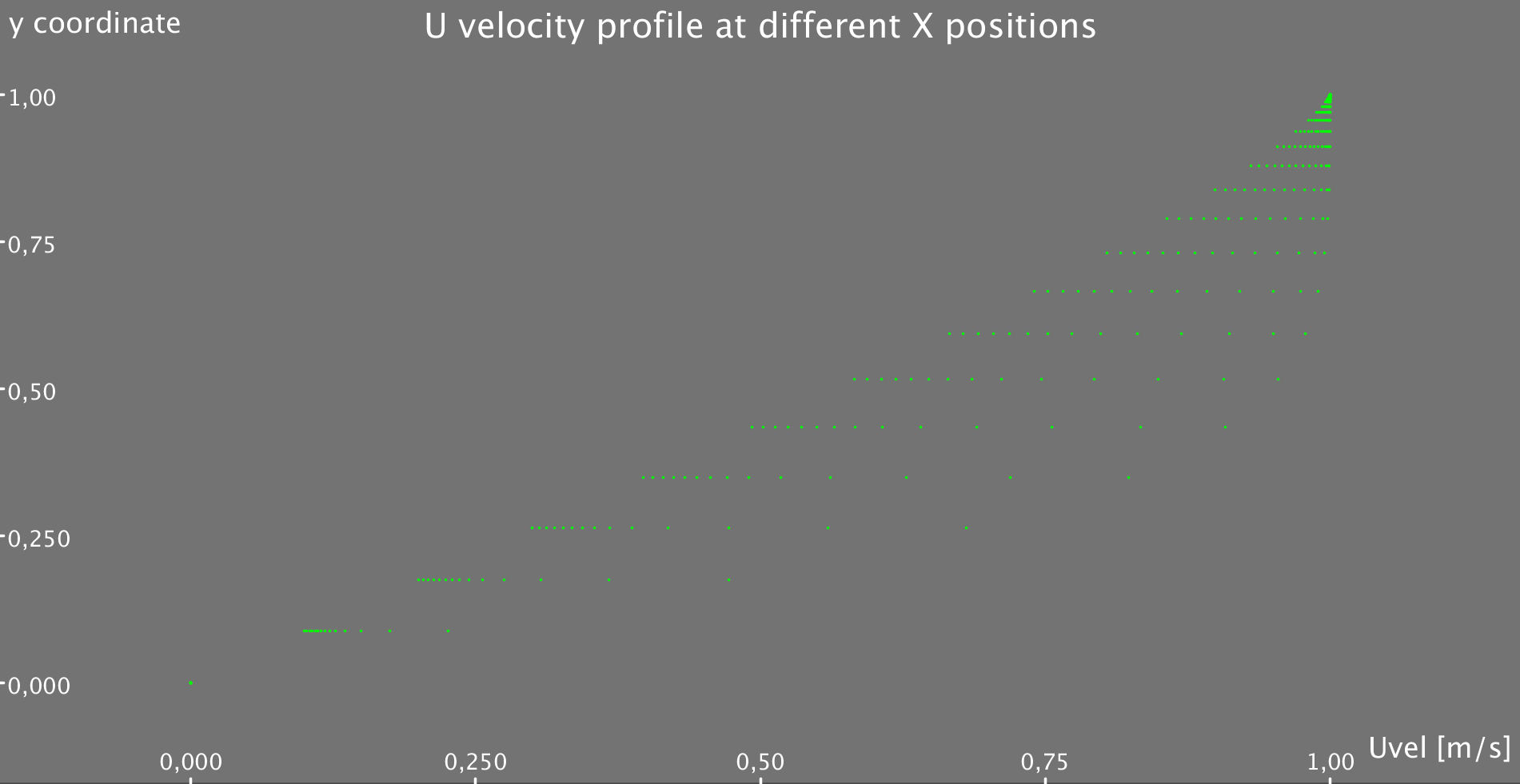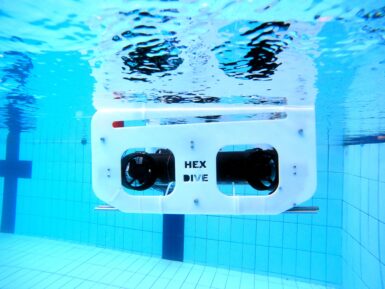
Overview
Great and powerful sensor for everyone that wants to know the exact concentration of CO2(Carbon Dioxide) in the air.
This is the first CO2 sensor compatible with Arduino. The output voltage of the module falls as the concentration of the CO2 increases. The potentiometer onboard is designed to set the threshold of voltage. As long as the CO2 concentration is high enough (the voltage is lower than the threshold), a digital signal (ON/OFF) will be released.
- It has MG-811 sensor module which is highly sensitive to CO2 and less sensitive to alcohol and CO, low humidity & temperature dependency.
- Onboard heating circuit brings the best temperature for sensor to function. Internal power boosting to 6V for heating sensor best performance.
- This sensor has an onboard conditioning circuit for amplifying output signal.
To ease the difficulty of using this CO2 sensor, a Gravity Interface is adapted to allow plug&play. The Arduino IO expansion shield is the best match for this CO2 senor connecting to your Arduino microcontroller.
This is an electrochemical Arduino-based CO2 sensor, it is suitable for qualitative analysis.
- Air Quality Control
- Ferment Process Control
- Room Temperature CO2 concentration Detection
DOCUMENTS
Tech specs
| Operating Voltage | 5V |
| Interface | Gravity Analog |
| Surface | Immersion gold surface |
| Connector | High quality |
| Output | One digital output |
| Onboard | Heating circuit |
| Size | 32x42mm (1.26x1.65") |
Get Inspired

Simple Code that allows you to solve the 2D flow equation for a flat plate Boundary Layer!!

Who doesn’t want to explore underwater? To take a journey beneath the surface of a lake or even the ocean? But a remotely operated vehicle (ROV), which is the kind of robot you’d use for such an adventure, isn’t exactly the kind of thing you’ll find on the shelf at your local Walmart. You can, however, follow this guide from Ranuga Amarasinghe to build your own ROV for some aquatic fun. Amarasinghe is a 16-year-old Sri Lankan student and this is actually the second iteration of his ROV design. As such, he's dubbed it “ROV2” and it appears to be quite capable. All of its electronics sit safely within a 450mm length of sealed PVC tube. That mounts onto the aluminum extrusion frame structure that also hosts the six thrusters powered by drone-style brushless DC motors. ROV2’s brain is an Arduino Mega 2560 board and it drives the BLDC motors through six electronic speed controllers (ESCs). It receives control commands from the surface via an umbilical. The operator holds a Flysky transmitter that sends radio signals to a receiver floating on the water. An Arduino UNO Rev3 reads those and then communicates the motor commands to the Mega through the tethered serial connection. That limits the maximum length of the tether to about 40 meters, which subsequently limits the maximum operating depth. With the specified lithium battery pack, ROV2 can traverse the depths for 30-45 minutes. And when equipped with the 720p FPV camera, pilots can see and record all of the underwater action.








